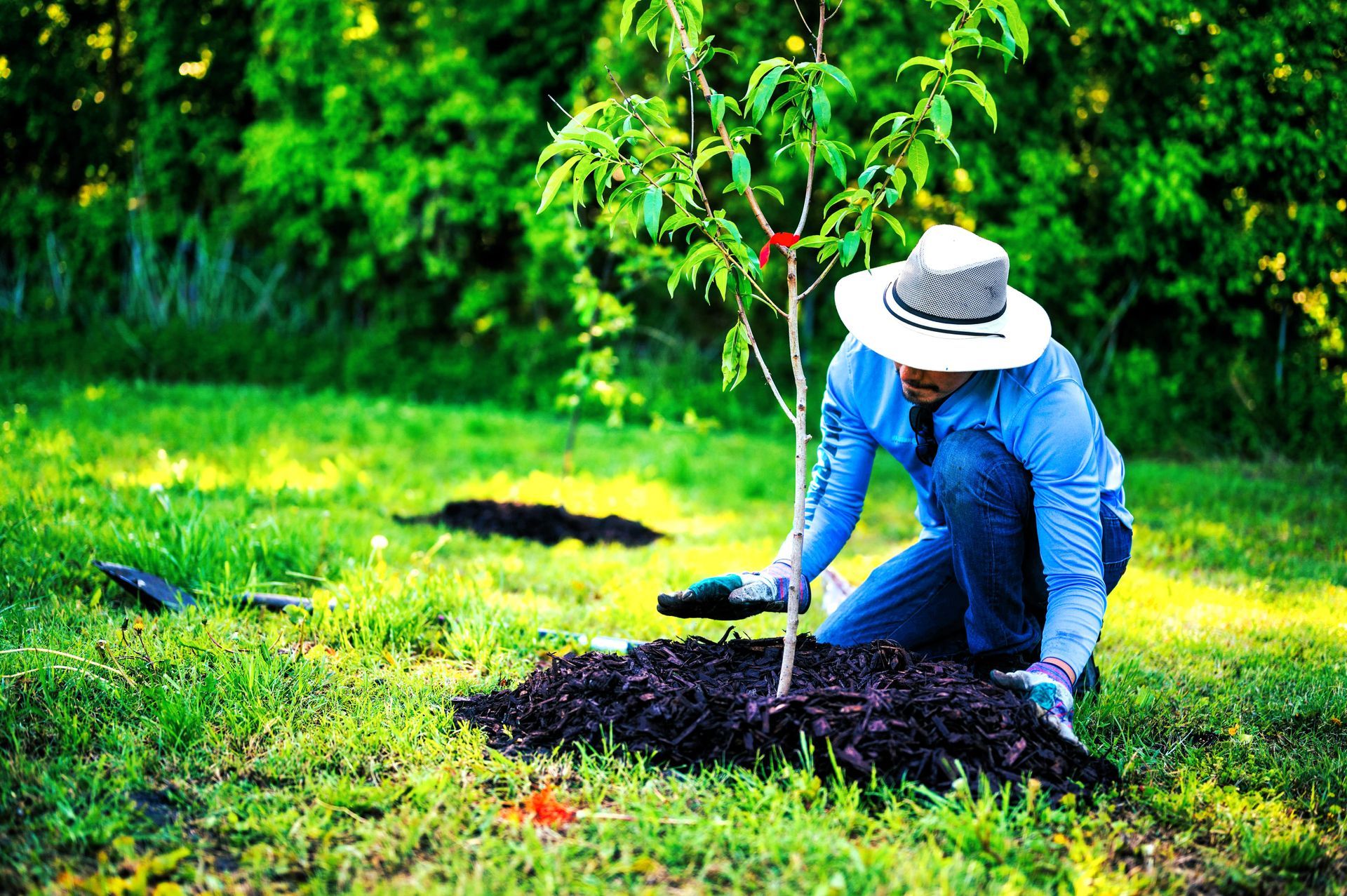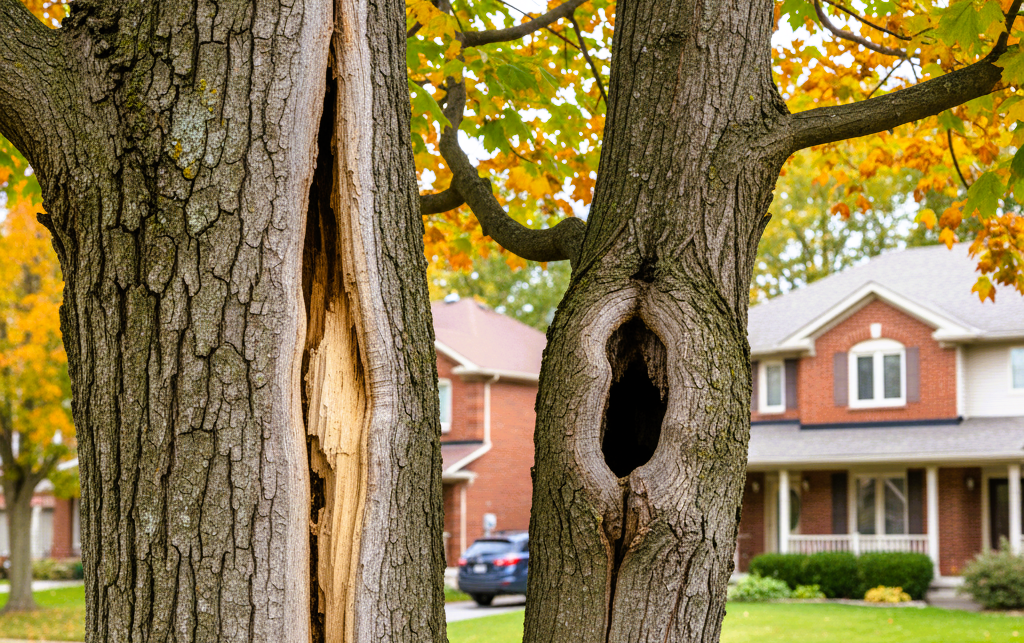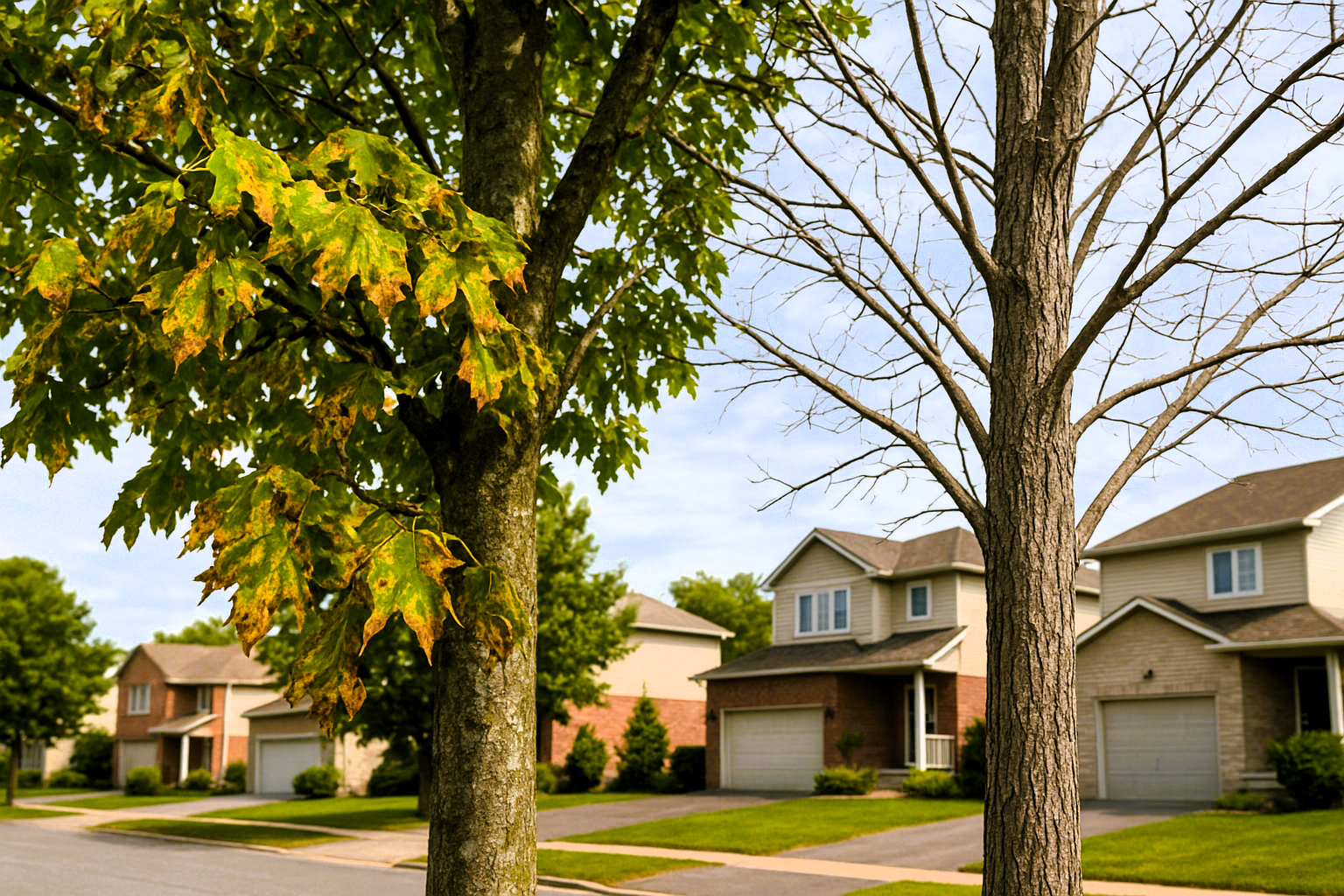How to Fertilize Your Trees
A guide to effective fertilization for lasting tree health and growth.

Image Source
Taking care of your trees goes beyond the basics of water and sunlight. One essential element is giving them the right kind of food – fertilizers. Think of it as a nutritious meal for your leafy friends. In this guide, we're going to break down tree fertilization into easy, understandable steps. From when to feed them, signs that they're hungry, the right amount, the process, to picking the best food, especially for fruit trees – we've got it covered!
When Should You Fertilize Trees?
Timing is everything when it comes to fertilizing trees. Young and growing trees have an appetite for nitrogen-based fertilizers, making spring, from March to early June, the ideal time for a nutrient boost. Spring fertilization encourages growth, enhances leaf color, and fortifies the tree against potential infections. Fall fertilization is equally beneficial, helping trees prepare for the winter and replenishing lost nutrients from the summer months.
As trees mature, their fertilizer needs decrease. Conducting a soil test becomes essential to gauge specific requirements for phosphorus and potassium, guiding the frequency and quantity of fertilization.
Signs Your Tree Needs Fertilizing
Trees have a language of their own, expressing their needs through visible signs. Dead branches, discolored leaves, short twigs, and a diminished leaf count are indicators that your tree is hungry for nutrients. Regularly inspecting your trees for these signs allows you to identify when it's time to provide them with the necessary nourishment.
How Much Fertilizer Should You Use On Trees?
Determining the right amount of fertilizer depends on various factors, including the tree's developmental stage, species, and the type of fertilizer used. As a general guideline, applying 0.1 to 0.2 pounds of nitrogen per 100 square feet is a good measure. However, for a more accurate measurement, referring to the specific recommendations on the fertilizer bag is crucial.
For baby trees, minimal fertilization is necessary in the first year, with caution advised to prevent potential damage to roots and leaves. Growing trees, in their peak growth phase, benefit from regular fertilization, following the guidelines on the fertilizer bag. Mature trees typically require very little, if any, additional fertilizer.
How to Fertilize Trees?
Contrary to a common misconception, removing mulch before fertilizing is unnecessary. Instead, evenly scatter the fertilizer across the entire root zone, avoiding direct contact with the tree trunk. Care should be taken not to over apply fertilizer, and thorough watering is essential to facilitate absorption into the soil. In cases of compacted soil, aerating before fertilizing can enhance the effectiveness of the process.
What Makes a Good Fruit Tree Fertilizer?
Fruit trees, like other trees, benefit from a balanced combination of nitrogen, phosphorus, and potassium. Nitrogen supports photosynthesis and overall growth, phosphorus aids in energy transfer and root development, while potassium regulates water pressure and strengthens roots. Most fruit tree fertilizers are designed with these essential nutrients to ensure the health and productivity of your fruit-bearing trees.
In conclusion, while fertilizing your trees is crucial for their well-being, it's equally important to approach the task with knowledge and care. By understanding when to fertilize, recognizing signs of nutrient deficiency, determining appropriate quantities, following proper application techniques, and selecting suitable fertilizers, you can contribute to the longevity and vitality of your trees.
Need help assessing your trees’ fertilization needs in Kanata? When you need tree service, we're here for you.
Contact us today for expert advice and personalized tree care services that will keep your green companions thriving.


